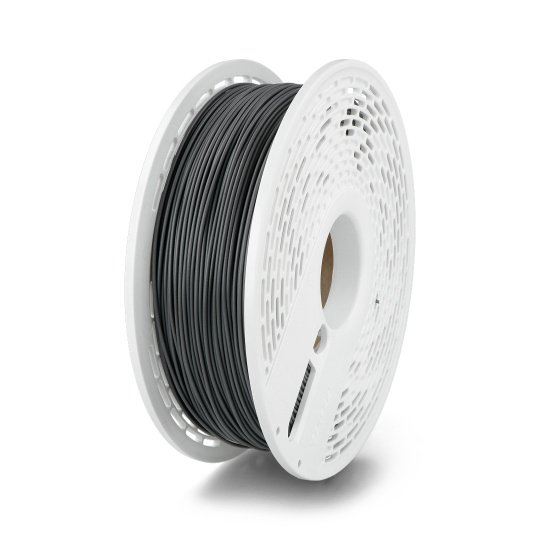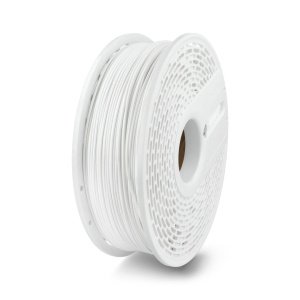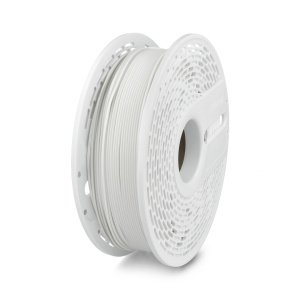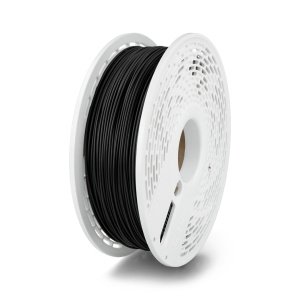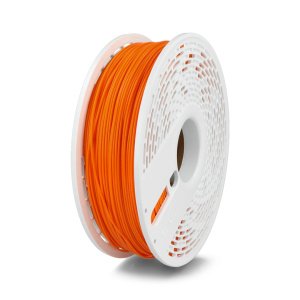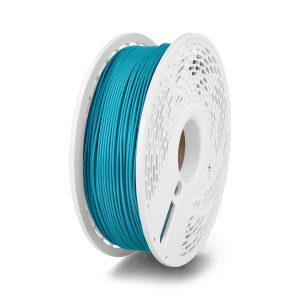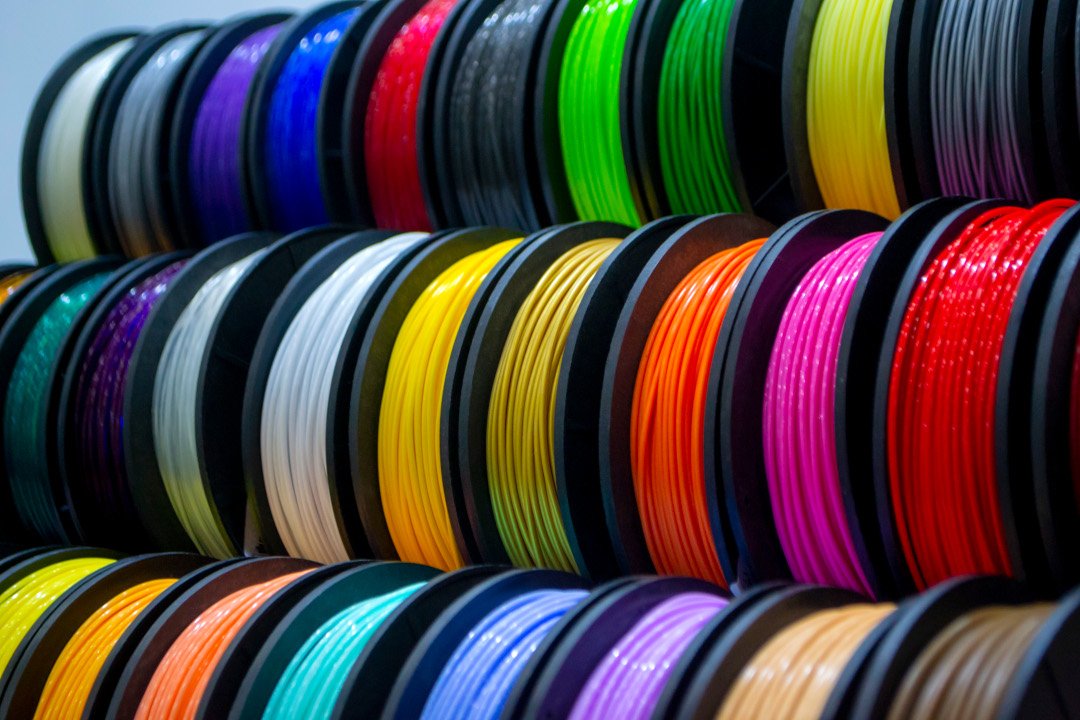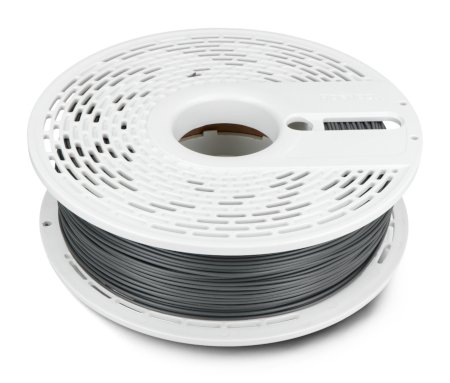Description: Filament Fiberlogy PP 1,75 mm 0,75 kg - Graphite
Agraphite-colouredfilter,produced by Fiberlogy. The printing material is made ofpolypropylene (PP), showing high flexibility and resistance to chemicals. PP is used in the automotive industry and medicine. This material is recycled. The0.75 kgfilm is wound on a plastic spool, which has been protected against moisture.
In our offer of filaments you will also find other materials and colors.
FilamentFiberlogy PP 1.75 mm 0.75 kg - Graphite.
Properties of the PP Fiberlogy PP filament
- Filament does not emit any unpleasant odour during printing
- It is a non-toxic product
- It shows high resistance to chemicals
- It is characterized by a high degree of bonding of layers
- Models made of polypropylene may come into contact with food
Printing instructions
- To improve the adhesion of the model to the table, it is recommended to usepolypropylene tape
- The manufacturer recommends printing with rafters
- Working with a filament does not require a closed printer chamber
- Recommended print speed: approx. 35 mm/sec.
- Suggested supply air settings: up to 25%
- Retraction: from 2 mm to 3 m
Suggested print parameters for filament
| Print temperature: | from 220°C to 250°C |
| Table temperature: | up to80°C |
| Cooling of the printout (airing): | up to 25% |
| Due to design differences between printers, the above data should be treated as a guide and the corresponding values should be determined experimentally. |
PP filament specification
| Parameter | Scope |
|---|---|
| Diameter of the filament: | 1.75 mm |
| The dimensional tolerance of the philanthropy: | +/- 0.02 mm |
| The color: | graphite |
| Print temperature: | from 220°C to 250°C |
| Table temperature: | up to 80°C |
| Material: | polypropylene (PP) |
| Reel diameter: | 200 mm |
| Reel width: | 58 mm |
| Mounting hole diameter: | 54 mm |
| Moisture absorber: | Yes |
| Vacuum packing: | Yes |
| Roughness: | +/- 0.01 mm |
| Package dimensions: | 205 x 205 x 90 mm |
| Net weight: | 0,75 kg |
PP filament properties graph.
|
Prints made ofpolypropylene are recycled. Unnecessary elements can be separated with other waste and reused. |
Useful links |
